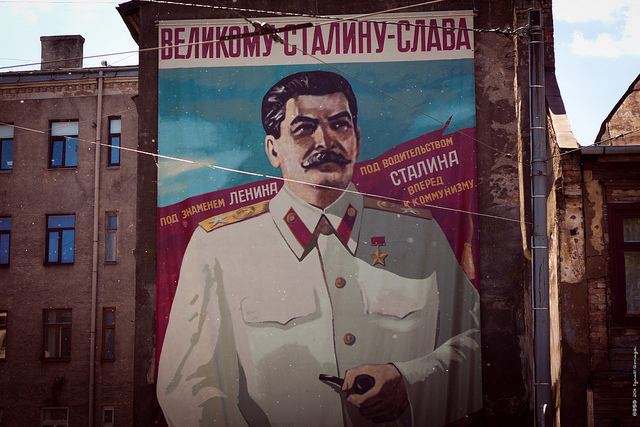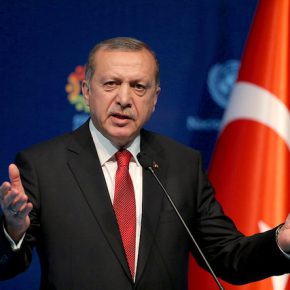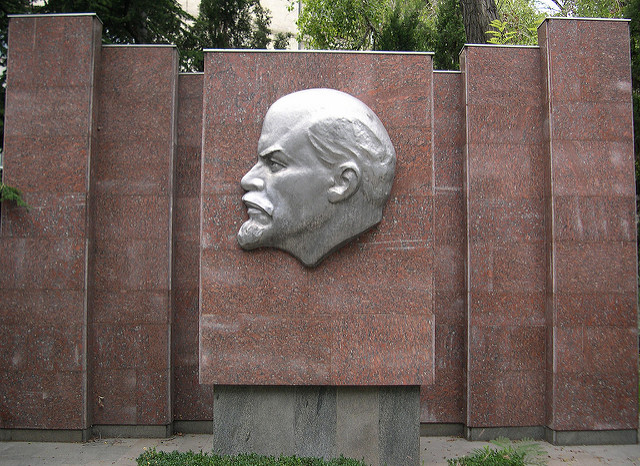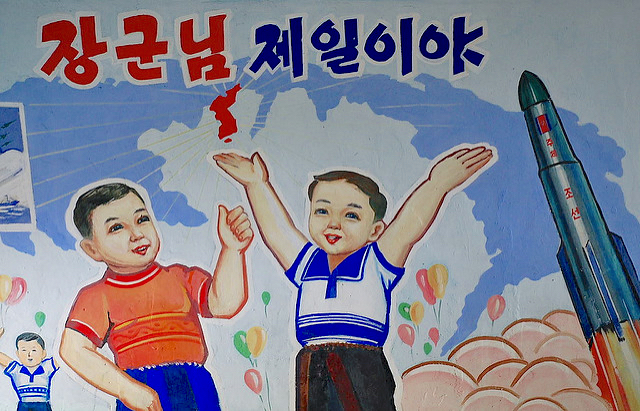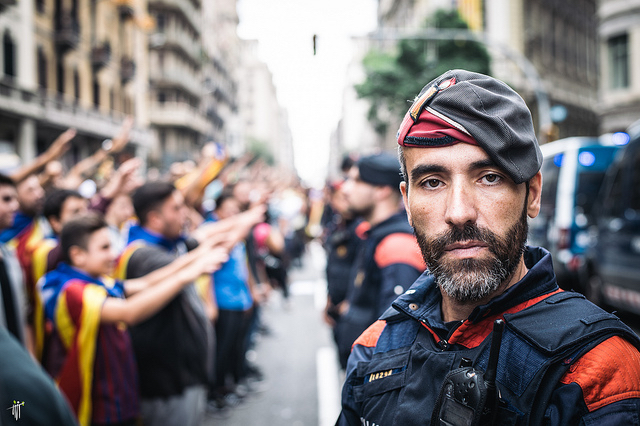My boyhood neighbor, Loren Jones, was a man with an interesting story about Stalinist Russia. He arrived there in 1937 as the first television engineer in the country, sent by his employer, the Radio Corporation of America. The Russians, always concerned to keep abreast of the latest technology, had purchased an entire experimental television broadcasting station and it was his job to do the necessary engineering work. Jones got chosen because he was single and had taken a semester of Russian in college.
Jones was the only television technician in the Soviet Union. The Kremlin had distributed television sets among the Communist Party elite and Jones serviced those televisions. A couple mornings a week a car with NKVD security policemen would pick up Jones and take him to apartments in the Kremlin or around Moscow.
This was a time of purges, show trials, and executions. Jones was the TV serviceman who rode after the Angel of Death. He would arrive with the security police at an apartment where they would order him to uninstall a television. Sometimes he could hear the family weeping in an adjacent room. If a television got uninstalled, it was nearly certain that the Party official either had been or would be shot. Next, the police would take Jones to another apartment where they ordered him to install the television. People might be terrified to see their new television delivered but did not dare refuse. He re-installed the same television in different apartments on multiple occasions.
Each Friday afternoon Jones had a standing appointment with Joseph Davies, the US ambassador, in his embassy office. Together they would review his past week’s work uninstalling and installing televisions. The Kremlin was so opaque that television possession or loss was the only information that the United States had on who was in and who was out.
That story that Loren Jones, now long dead, told over his kitchen table provided a social parable of Stalinism. It spoke to the brutal mass violence, ruthless power monopoly, and anti-democratic nature of Stalinism behind its facade of modernization and scientific progress.
Fabien Nury (writer) and Thierry Robin (artist) take us to the culminating days of Stalin’s rule in their graphic novel The Death of Stalin (Titan, 2017). This is an English-language edition of the French original (Dargaud, 2012). The scenes they describe are in many ways a post-war continuation of the pre-war political backstabbing and bureaucratization of murder.
The book is ‘faction,’ or fiction loosely based on historical facts. In the prefatory disclaimer, the authors write they “would like to make clear that their imaginations were scarcely stretched in the creation of this story, since it would have been impossible for them to come up with anything half as insane as the real events surrounding the death of Stalin.”
This theme of the incredible continues through to the book’s final pages, where Beria descends into a cellar to face a firing squad. He thinks, “Are our people that blind? Is our party that powerful? Will our children even be able to imagine the truth? Will they really think that I, Beria, was powerful enough to put hundreds of thousands of people to death without a trial? Do they really believe that our good comrades judging me today are pure and innocent?” Nury and Robin argue that despite the monstrous acts of Stalin and Beria, a system of state terror required the submission and participation of an entire political class that valued its own existence and advancement more than any ethical norm.
The Death of Stalin depicts a state in turmoil, one that serves the purposes of the party elite. The story begins in March 1953 with Stalin’s collapse from a cerebral hemorrhage. While Stalin lies near death the party’s central committee needs to convene before it can decide collectively on a physician to treat the dying man. If any individual makes a quick decision, the fear is that he would be held responsible for the selection and Stalin’s death. The state is nearly as paralyzed as Stalin himself. Medical care is not immediately available from the Kremlin hospital because a month previous its best physicians, a majority of them Jewish, had been arrested, deported or executed to deal with a supposed Zionist plot. Stalin has imprinted his own obsessions onto Soviet society.
The portrait that Nury and Robin draw is one of Byzantine conspiracies and imminent personal risk. Dangerous chaos underlies visible orderliness. The graphic art contributes brilliantly to this atmosphere of pervasive threat. Beria’s face lowers with menace in continually new ways. Dim interiors of official offices and residences promise worse to come. Highly creative panel perspectives combine with subtle coloring work by Robin and Lorien Aureyre, work enhanced by the book’s high-end production values.
The political ethics that characterize the book are survival and anomie. The calculation and plots needed to survive this lethal environment lead characters into a detached social anomie, one where absence of trust generates isolation. The major characters of the Central Committee – Malenkov, Khrushchev, Mikoyan, Kaganovich, Bulganin, Molotov, and the loathsome Beria – engage in often-fatal political conspiracies. Citizens are mere cogs with disposable lives. In one notable six-page sequence the army fires upon and massacres a crowd of mourners singing the Internationale and demanding to pass to join the funeral. The denouement of Beria’s arrest and execution brings an end to the worst of Stalinism, but at the book’s end its spirit continues forward. There is no release from history.
Nury and Robin offer an indictment of Stalinism, one that implicitly warns against its return as nationalist neo-Stalinism. The just-released film version of this novel, directed by Armando Iannucci, if its trailer provides a reasonable estimate, seems determined to mine this book as a source of dark comedy. There was nothing comic about Stalinism and its mass murder.
The publisher’s failure to credit whoever translated from the French original mars this edition. It is a failure that signals lack of respect for the work of translators. While the preface materials credit in boldface nearly twenty people, many of whom had little real contact with book production other than as a market commodity, no credit for the actual translation attempts to make this critical work invisible. Publishers need to know that this concealment harms their reputation. As readers, we should thank the unknown but much-appreciated translators.
This essay is dedicated to my great-aunt Rose Weinberg, a government ministry translator who spent over twenty years in a Soviet labor camp in Siberia for the crime of speaking English.
